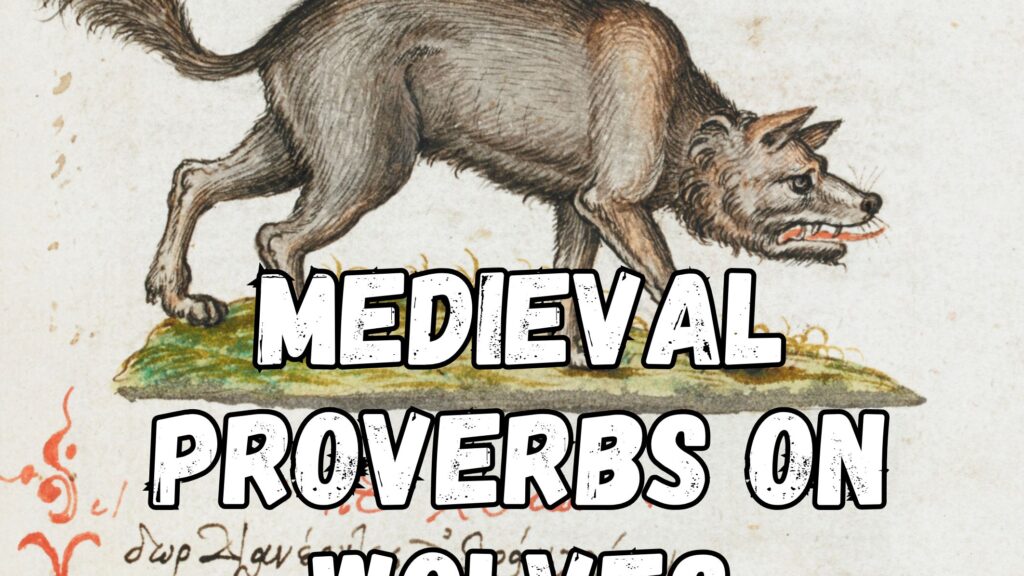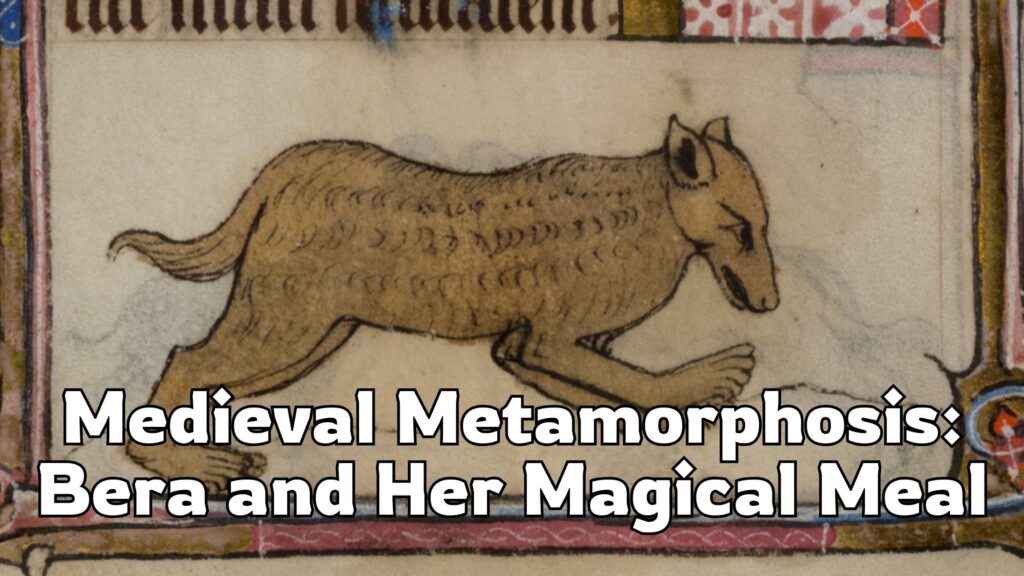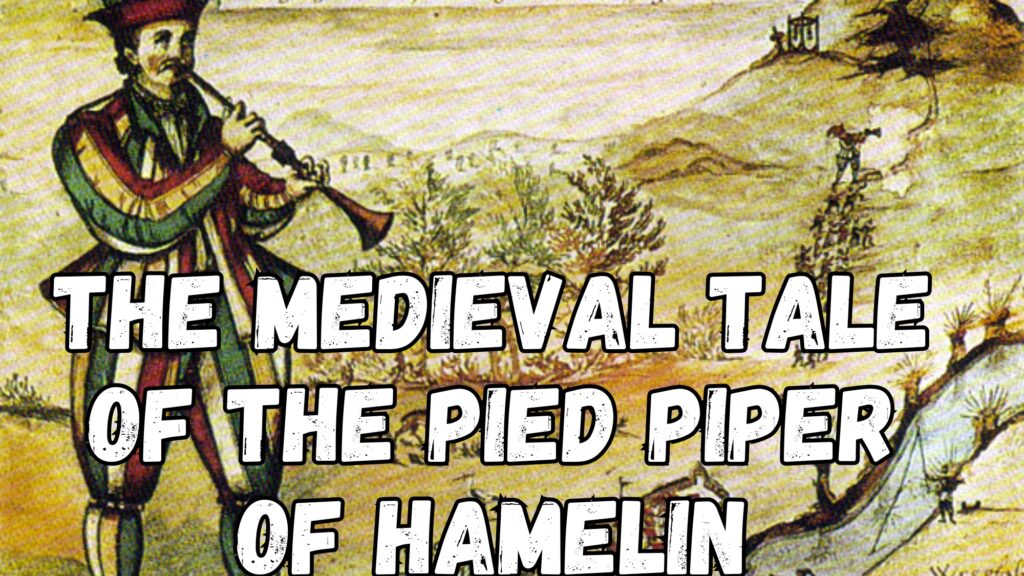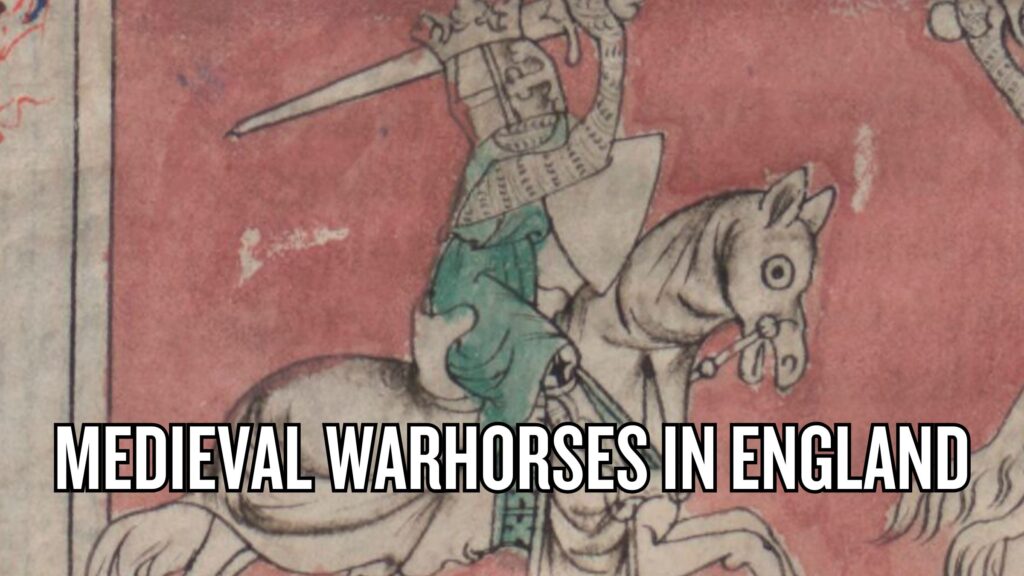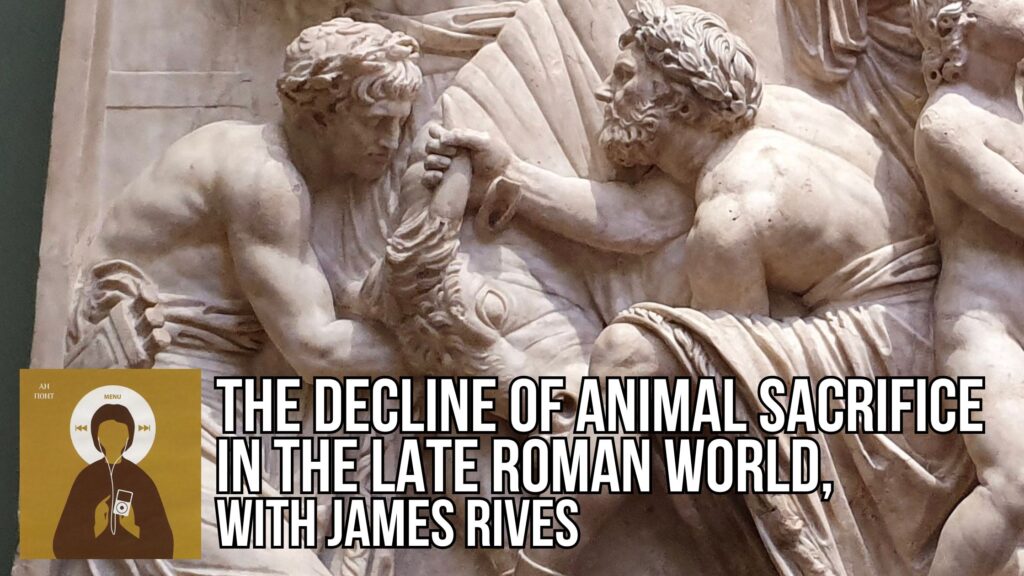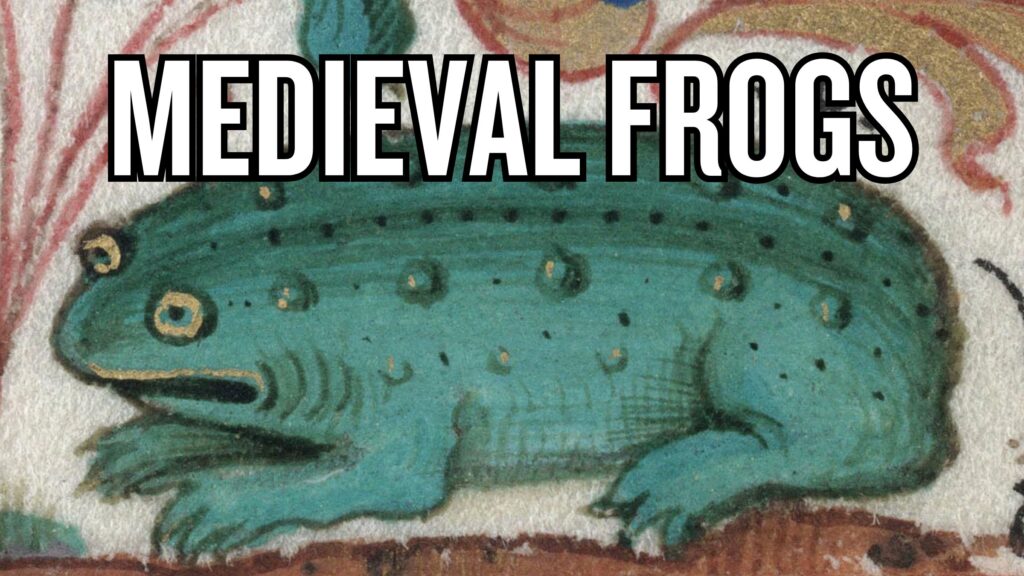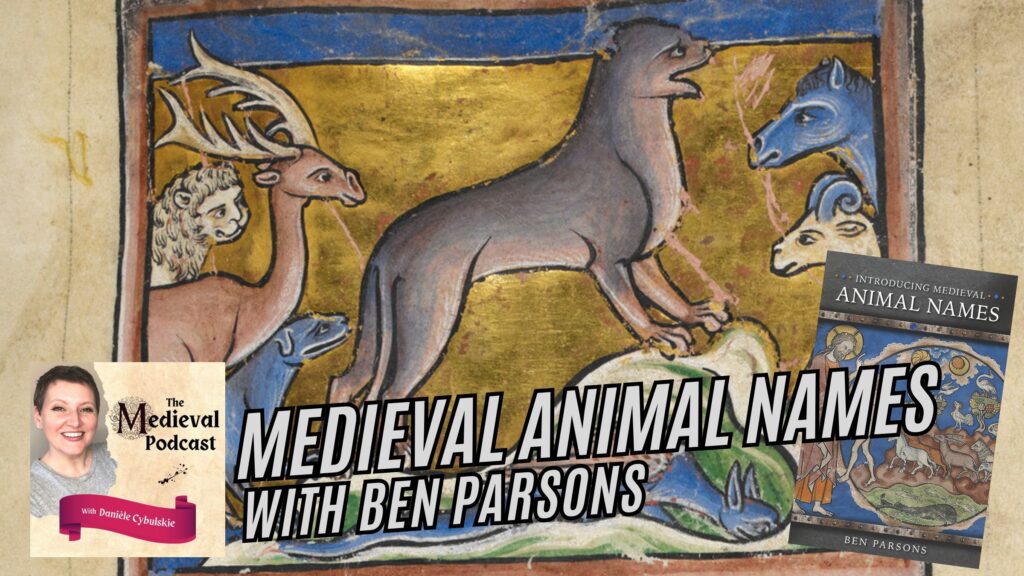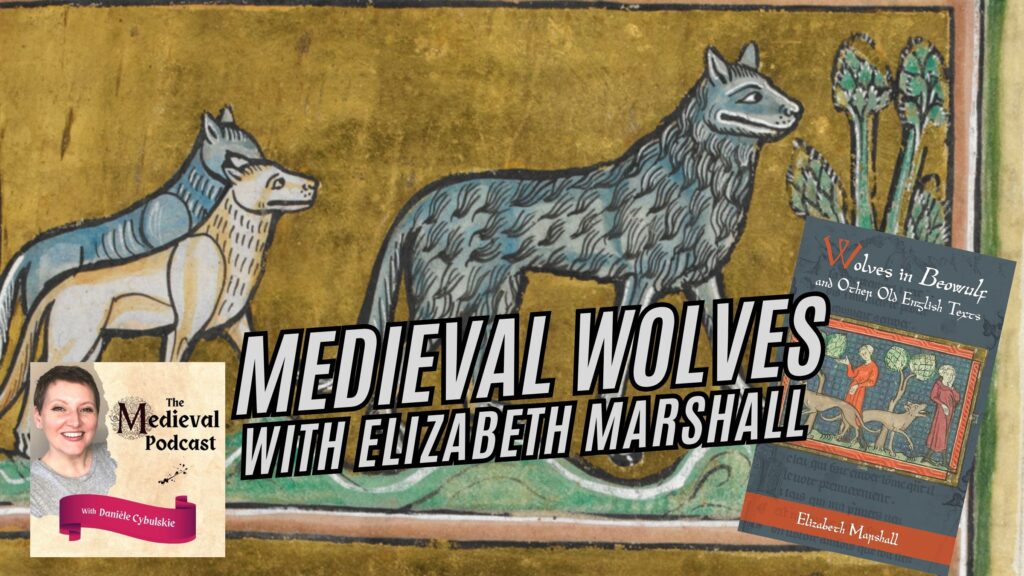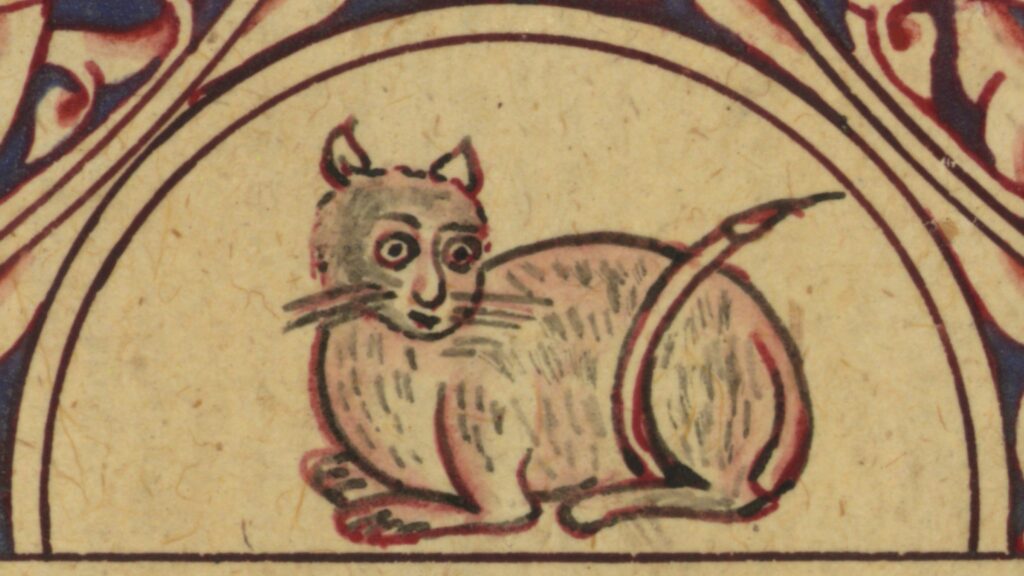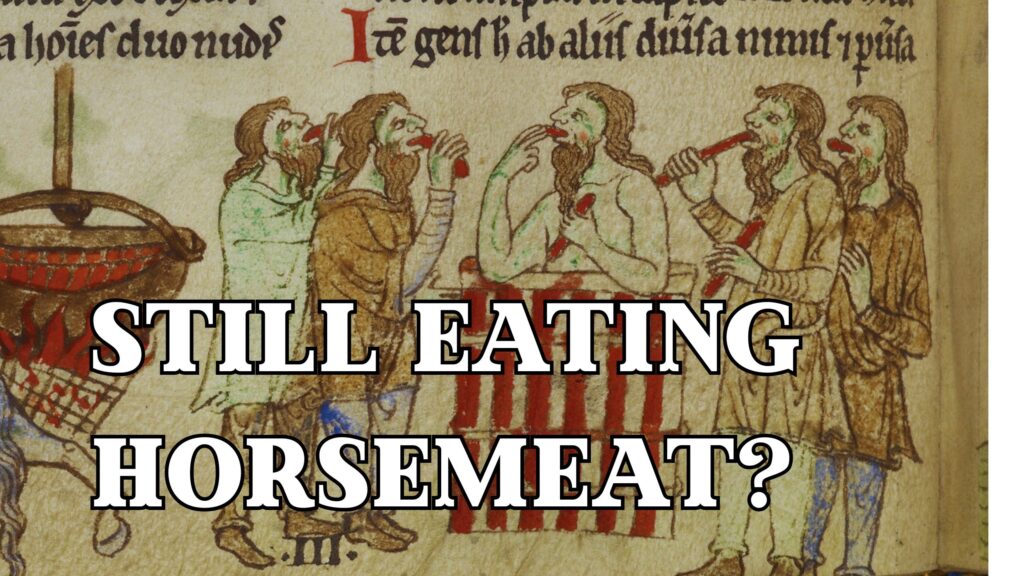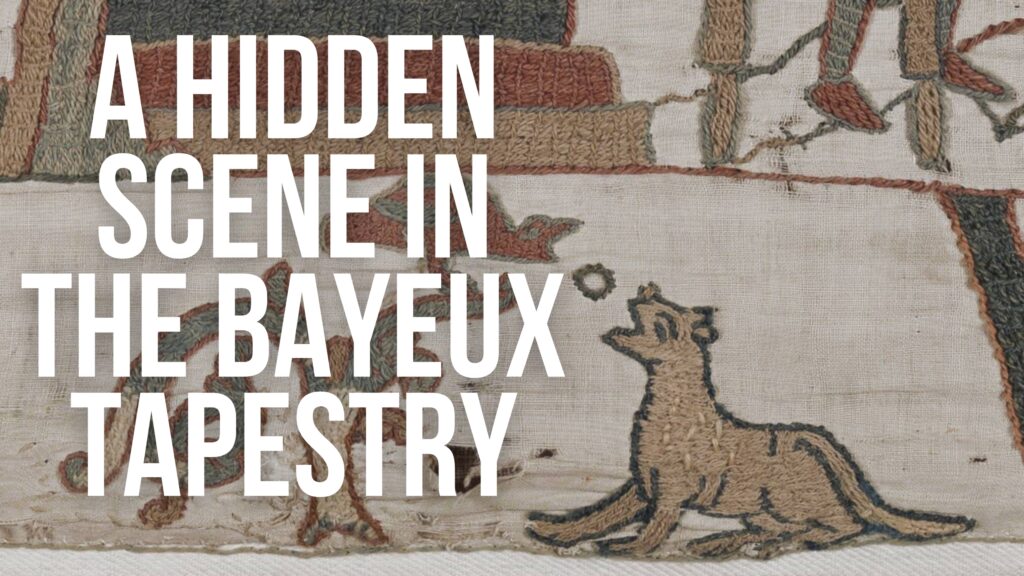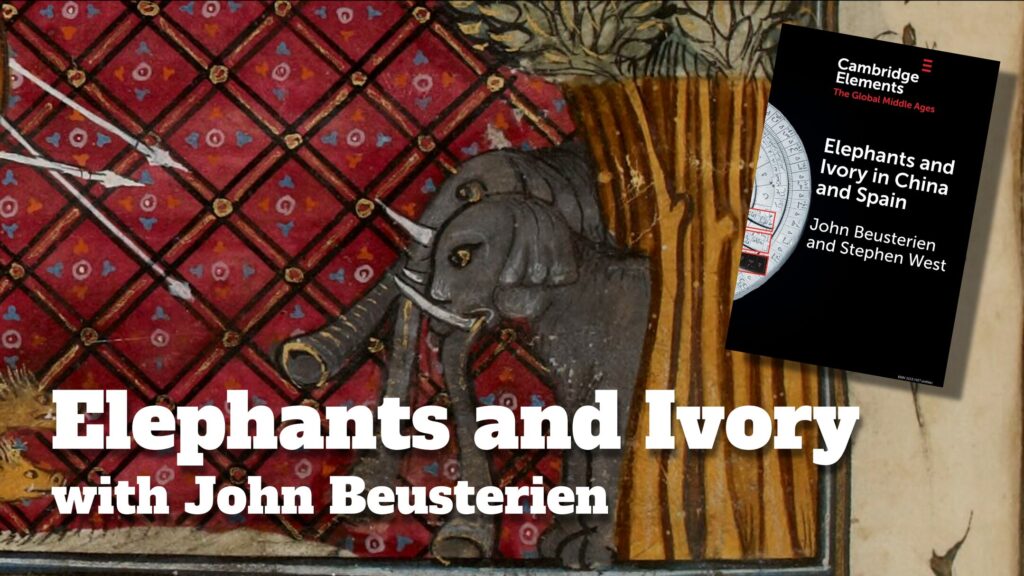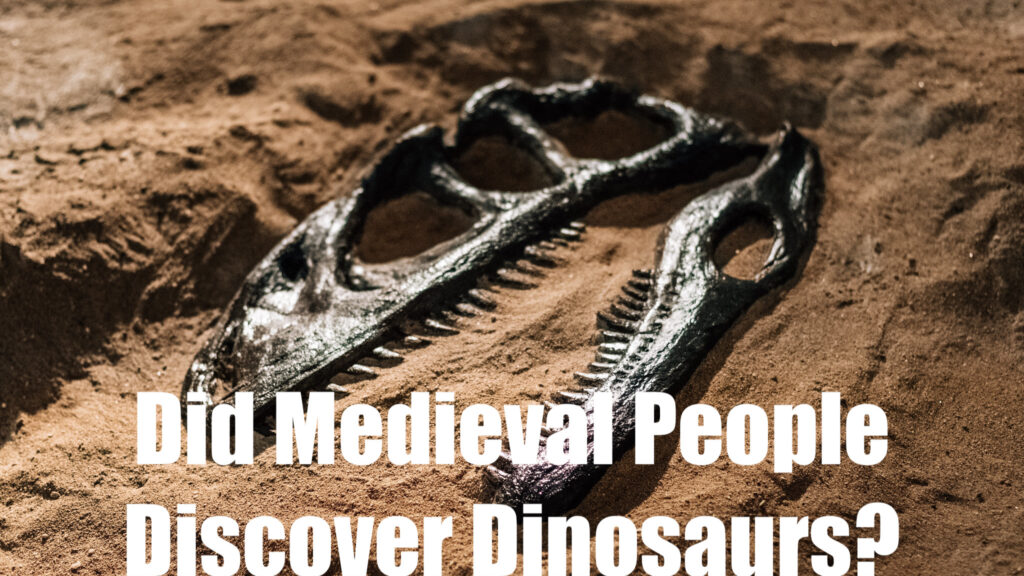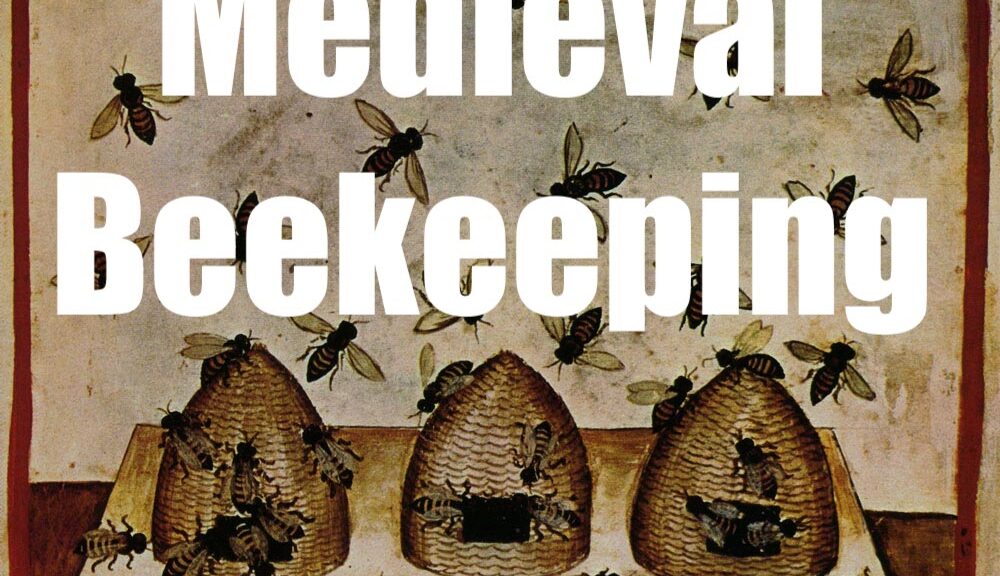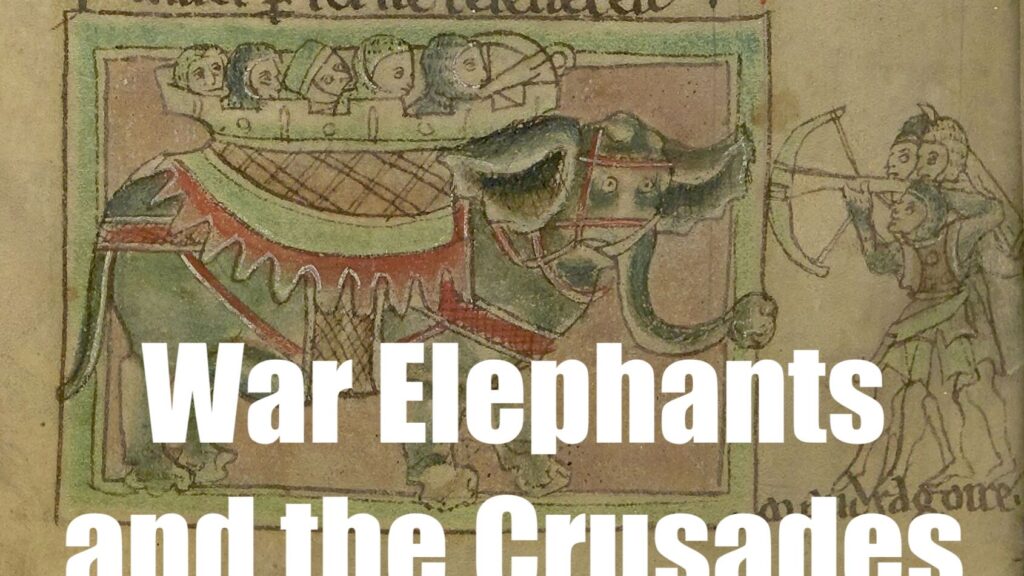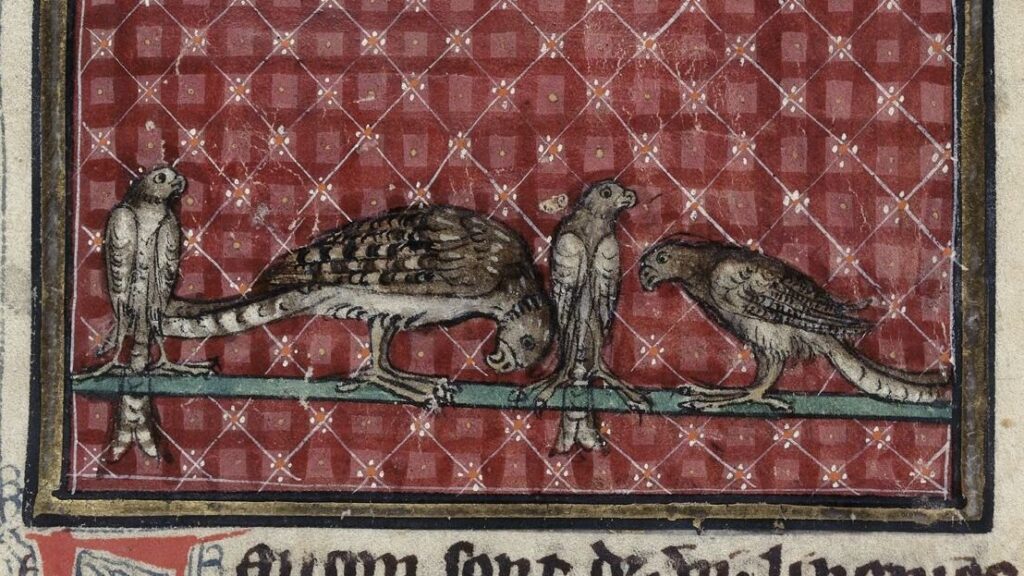12 Medieval Proverbs on Wolves
Explore 12 medieval proverbs about wolves, drawn from Latin sources and translated into English, revealing how medieval writers used the wolf to express moral and social lessons.
Medieval Metamorphosis: Bera and Her Magical Meal
A look at the cannibalistic enchantment in Hrólfs saga kraka and what it reveals about magic, sympathetic rites, and late medieval Icelandic culture.
Musical Retribution: The Medieval Tale of the Pied Piper of Hamelin
A look into the medieval folk tale The Pied Piper of Hamelin and what occurred in the thirteenth-century German town of Hamelin.
All for the Want of a Warhorse: Horse Breeding and Royal Warfare in Thirteenth-Century England
Edward I responded to England’s medieval warhorse shortage with export bans, foreign purchases, and an expanded royal stud system. His policies show how crucial trained warhorses were to military campaigns in Wales, Scotland, and on the Continent.
The Decline of Animal Sacrifice in the Late Roman World, with James Rives
A conversation with James Rives on the history of ancient animal sacrifice in the Roman world. We focus on its decline and eventual demise in the third and fourth centuries. Animal sacrifice was caught up in the conflicts between the Roman emperors and the Christian Church, which endowed it with an importance it had not had before.
The Medieval Frog: From Healing Charm to Cautionary Tale
In medieval Europe, frogs were both feared and useful — condemned as unclean yet valued in medical recipes and moral tales. A new study explores how this unlikely creature moved from the healer’s toolkit to the storyteller’s page, revealing the many roles of the medieval frog.
Medieval Animal Names with Ben Parsons
This week on The Medieval Podcast, Danièle speaks with Ben Parsons about what medieval people named their pets and working animals, how we know about them, and which animals are still called by their medieval nicknames.
Medieval Wolves with Elizabeth Marshall
This week on The Medieval Podcast, Danièle speaks with Elizabeth Marshall about where we find wolves in medieval sources, how early English writers saw them, and how wolves both add to – and steal – language.
Paws on Parchment: New Exhibition Highlights Cats in Medieval Manuscripts
Explore how medieval people viewed and valued cats in “Paws on Parchment,” a new exhibition at the Walters Art Museum in Baltimore, featuring feline-themed manuscripts and rare pawprints left by a 15th-century cat.
New Medieval Books: The Warhorse in England
Horses played a vital role in medieval warfare, and this book draws on the governmental records of Kings Edward I and Edward II to reveal how these animals were raised, trained for combat, and managed during military campaigns.
Medieval Diets: Horsemeat Was Still on the Menu
New research reveals that medieval Hungarians continued to eat horsemeat long after converting to Christianity, challenging long-held beliefs about religious dietary taboos in the Middle Ages.
The Seagull, the Dog and the Cockle: A Hidden Scene in the Bayeux Tapestry
One interpretation of a curious scene in the Bayeux Tapestry suggests a seagull using a dog to open a cockle—offering a rare glimpse of everyday life on the Norman beaches before the 1066 invasion.
Elephants and Ivory with John Beusterien
This week on The Medieval Podcast, Danièle speaks with John Beusterien about elephants and ivory in medieval China and Spain, including how elephants were put into service, and how ivory was used and traded across the world.
Did Medieval People Discover Dinosaurs? Rethinking Fossils in the Middle Ages
Could medieval people have found dinosaur bones? This article explores how fossils may have shaped medieval legends, religious relics, and monstrous beasts long before science named them.
The Bees of Byzantium: A 10th-Century Guide to Medieval Beekeeping
Discover how medieval Byzantines kept bees with practical advice from the 10th-century Geoponika, a rare farming manual that covers hives, honey, and the remarkable nature of bees.
Five Ways the Lion Roared in the Middle Ages
A look at the five symbolic identities that the lion had in Western medieval culture: The Threatening Lion, The Christian Lion, The Noble Lion, The Sinful Lion, and The Clement lion.
Were War Elephants Really Used During the Crusades?
Were war elephants actually used during the Crusades? Discover how history, art, and medieval imagination shaped Western perceptions of these towering beasts.
New Medieval Books: Enchanted Creatures
A journey through humanity’s long fascination with the monstrous, ranging from dragons to walruses. This book explores how cultures across time have imagined, exaggerated, and feared creatures both real and mythical.
New Medieval Books: The Donkey King
Why does the humble donkey appear alongside prophets and demons? This book delves into the many roles donkeys play in Arabic literature—from comic relief to a symbol of the supernatural.
New Medieval Books: The Art of Medieval Falconry
An introduction to the sport of falconry in the medieval world, this book details several different aspects, ranging from how these birds were trained to their usefulness as gifts in diplomacy.
New Medieval Books: Saints and Sinners on Horseback, Volume II
Saints and Sinners on Horseback, Volume II Edited by Miriam A. Bibby Trivent Publishing ISBN: 978-615-6696-29-8 This book presents seven essays exploring the…
The Surprising Talents of Medieval Dogs
Can your dog dig up rings, dance to music, or tell if a lady is pregnant?
Medieval Birds of Prey Feasted on Human Waste, Study Finds
Birds of prey in medieval Britain relied heavily on scavenging human waste and scraps, a new study has revealed.
Stealing Horses, Losing Feet: Crusader Animal Laws
There were many strange quirks associated with the justice systems of the Crusader States. They were, after all, on the frontiers of Christendom and many aspects of their law books were arcane in the extreme.
How Medieval Armies Cared for Their Warhorses
This article explores how medieval armies looked after their warhorses, from initial preparations to the challenges they faced on campaign.
